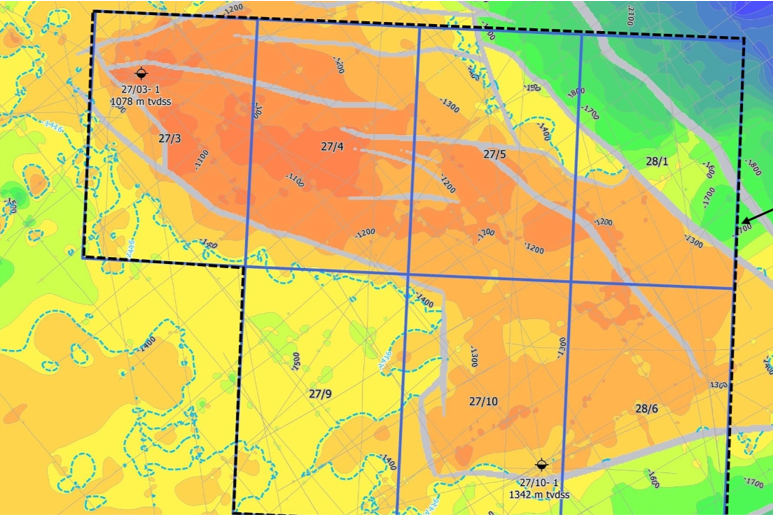Yesterday, North Sea Natural Resources (NSNR) announced that an environmental licence permit was granted for a 3D seismic survey across the Devil’s Hole Horst oil discovery on the western platform of the UK Central Graben.
The objective of the survey is to verify the volumes, further de-risk the prospect and define multiple well locations for appraisal and exploration of this giant undeveloped Devil’s Hole Horst Oil Discovery, which has also been compared to the Johan Sverdrup field in Norway because of the similarity in structural setting and distance from the source kitchen.
According to NSNR, the prospect potentially holds 6.4 Billion Barrels of oil prospective STOIIP and 1.8 Billion Barrels of oil Prospective Resources, which has been verified by third party auditor volumes reports based on evidence from two vintage wells and 3000 kilometres of 2D seismic.
An early discovery
Two wells have already been drilled on the structure. Oil was discovered and proven by Amoco crestal well 27/3-1 in September 1967 about two years before the Ekofisk and Arbroath oil discoveries. A mechanical problem with the drill stem testing caused by a cement sheath compromised the reservoir which was blocked from flowing oil.
Amoco then drilled a downdip second well, which also had log and cuttings evidence for oil in Permian dolomites, but walked away after both wells failed to find their Groningen play type Rotliegendes Sand reservoir. At that time little was known of the Permian Dolomite hydrocarbon play potential.
Modern detailed x-ray fluorescence geochemistry analysis of the cuttings and core in both vintage wells has defined Jurassic Kimmeridge Clay Formation-sourced oil in Permian Dolomites at the same level. This suggests that oil migrated from the mature Quad 29 Central Graben oil generating kitchen to the east over a distance of 70 km.
Drilling of two wells is planned for 2023. For further information and the chance to participate in the forthcoming farm down process please contact info@nsnrl.com.





